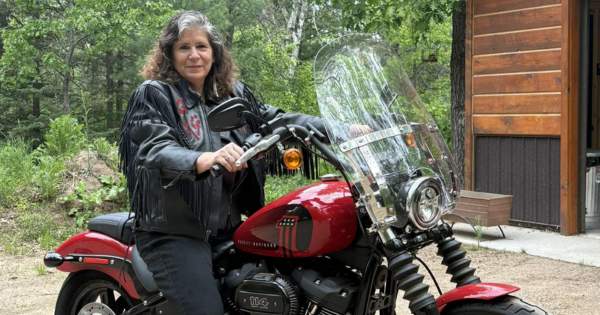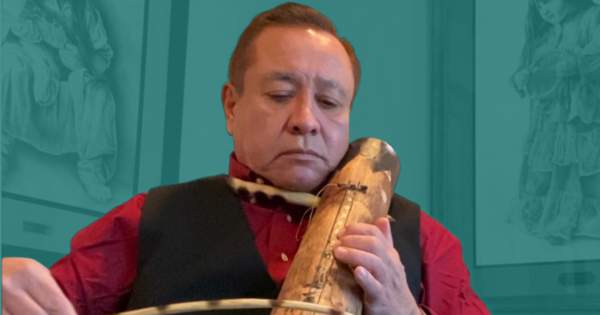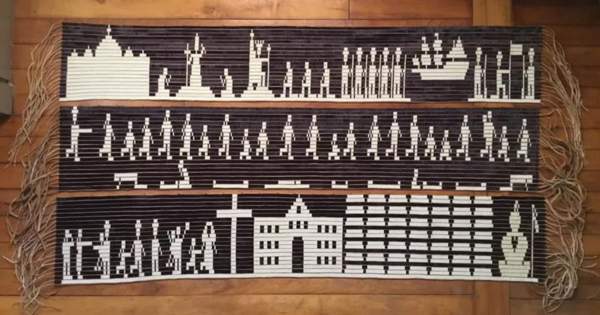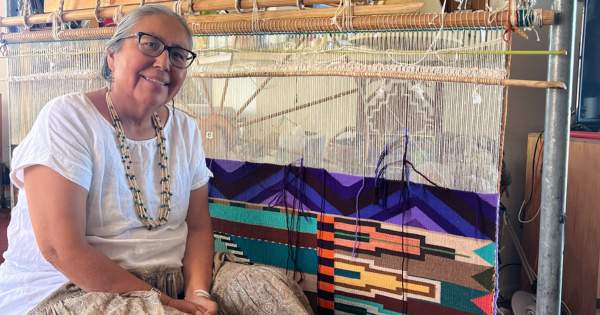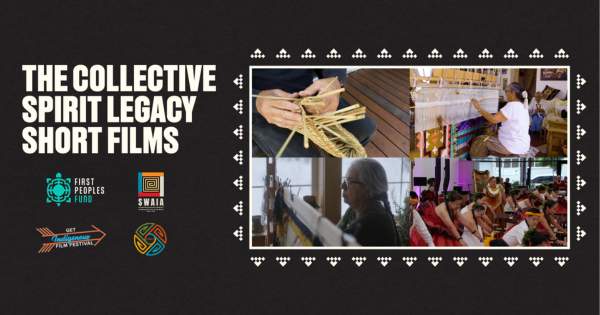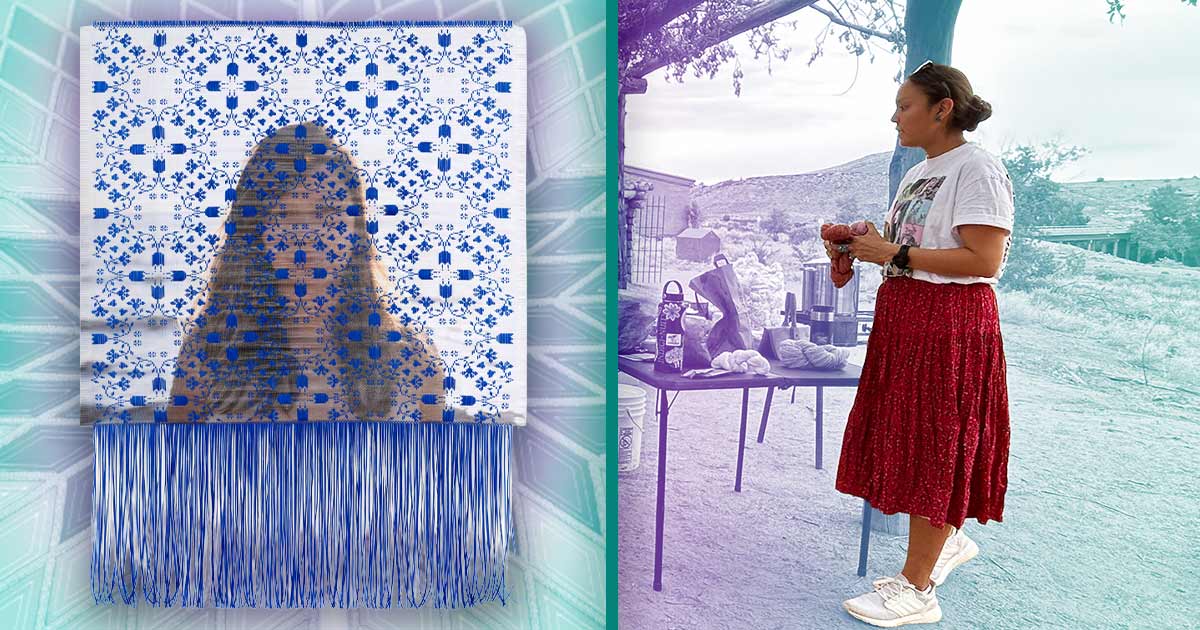
Leading the Way
Natalie Benally was born into the Grey Streaked Ends Clan and the Red Running into Water Clan
As a young Diné girl growing up on the Navajo Reservation, Benally’s first dance studio was the land she was surrounded by, which taught her movement embedded in cultural reconnection and storytelling. Benally attended Fort Lewis College and earned a Bachelor of Arts in Theatre. She has performed with Dancing Earth Contemporary Dance Company and has led youth workshops for Native youth. Benally performed the lead role of Dory in the Navajo dubbed-version of Pixar’s Finding Nemo and directed/choreographed the production I’m Native And... at the Indigenous Arts Festival. She also co-founded the storytelling company Tse’Nato’ which shares stories through dance, theater, and film.
***
This interview has been edited for length and clarity.
When did you know you wanted to become a dancer?
I've been dancing for as long as I can remember. Whenever I would hear music, I would instinctively dance. I didn’t care who watched. I just needed to move. I didn't receive any formal training. I'm a self-taught dancer because I grew up on the Navajo reservation and we didn't have dance studios. So I would watch music videos and movies and copy what I saw. [But] I kept dancing [in secret] for a long time because I didn't want anyone to think I was weird. My family was against dancing and art for a long time. I secretly taught myself in the canyons where I grew up so my family wouldn't see me. I did that for a long time. And then I was able to train when I went to school for my undergraduate degree. Not only was I able to [formally] train in college, I met other people who loved dancing as much as I did. I immersed myself in theater as well. I wanted to act, but dance kept sneaking in. People kept telling me, “Hey, you're a really good dancer.”
You mentioned you secretly danced in canyons while growing up. Did dancing feel like it was taboo?
Yeah. My family left our traditional ways and they converted to Christianity. Growing up, I was always stuck in in-between spaces. My family was Christian, but they still knew a lot of traditional stuff. I didn't know what to believe in. My parents were against anything that was around the arts. They thought there was no point in it. There was no living that could be made from [art]. So, of course, me being the rebel, I'm going to [dance]. Curiosity got the best of me. [Dancing] was a taboo in my family for a long time. I think it was because my parents didn't understand it. But now, they know it makes me happy and that it gives me strength.
You use dancing to reconnect with tradition. What does that look like?
I tell stories through my body. The body and [its] movement should never be wasted. [Every artist] uses materials, and they use as much of those materials as possible. That’s how I feel about dance. Whenever I tell a story with my body, I have intention built into it. I don't dance to just dance. I'm not throwing out movement here and there. I have to have a reason to raise my hand. [Or I ask myself], ‘Why do I feel the need to touch the ground when I need to?’ Whenever I dance, I'm not just connecting to the stories that I carry, but I also carry it from my parents, my grandparents, and from people who came before them. I keep stories alive using my body. And [dancing] is a healing tool. Traditional and ceremonial dances bring healing and purpose.
How has First Peoples Fund supported your art?
The fellowship allowed me to take an idea I had for a long time. Azhizh: Stories in Motion (a Native youth performing arts program and film series) was my vision quest [and] I wanted to make it happen for the longest time. A lot of people don't know the diversity amongst [Native] dancing. People know [about] traditional dances and powwows, but there are other styles that Native dancers are talented in. I haven’t seen it highlighted in the way I think it should be.
What advice can you offer to emerging dancers?
No matter who you are or what art you [practice], find ways to serve your community. Art is a tool that helps others. And First Peoples Fund helped me with the Cultural Capital fellowship. I'm currently working with young Native dancers, and I'm excited because I recently [produced] a dance film about a young ballet dancer from San Ildefonso Pueblo. She's a Native dancer in a predominantly white world of art: the ballet world. And the film, called Séng Wah, documents how she balances who she is with who she has to be. She just wants to be herself. I'm currently in the editing [phase].
“What I want to do as an artist is not just create art. [I want to] create pathways to opportunity.”
That was something I didn't have as a young person. I wanted to dance. I wanted to perform. I wanted to create art. But I didn't have an avenue. I had to make my own. I want to [create a] pathway for other [dancers] who come after me. What I strive for is accessibility. Kids struggle to find themselves in the world, especially on reservations like my own. I'm a huge advocate for making the arts accessible to our kids. I think that's a universal feeling for a lot of artists.
Benally’s film Séng Wah is anticipated to premiere in January 2022. Visit Tsenato.com for additional information. Benally also wants to expand Azhizh: Stories in Motion into a film series showcasing different types of Native dancers.
***
Learn more about Natalie Benally on her Instagram.

